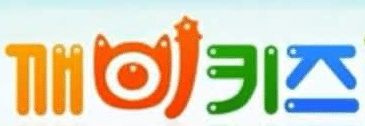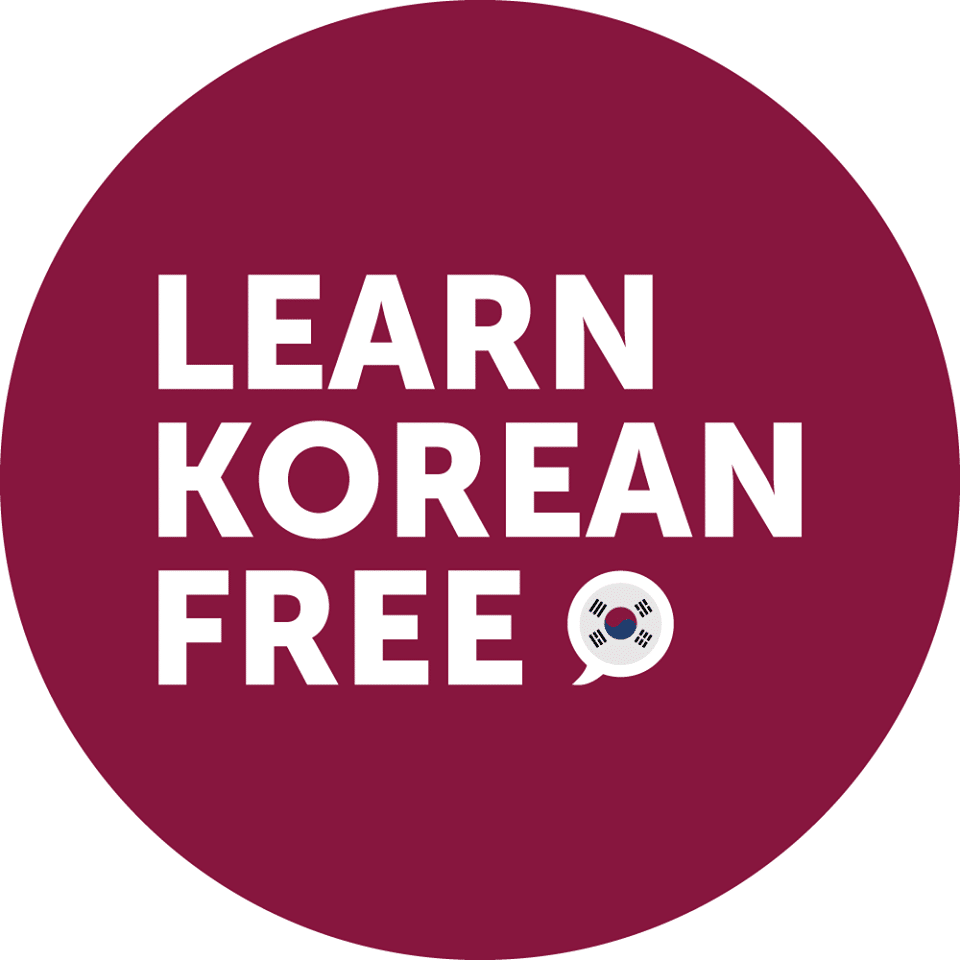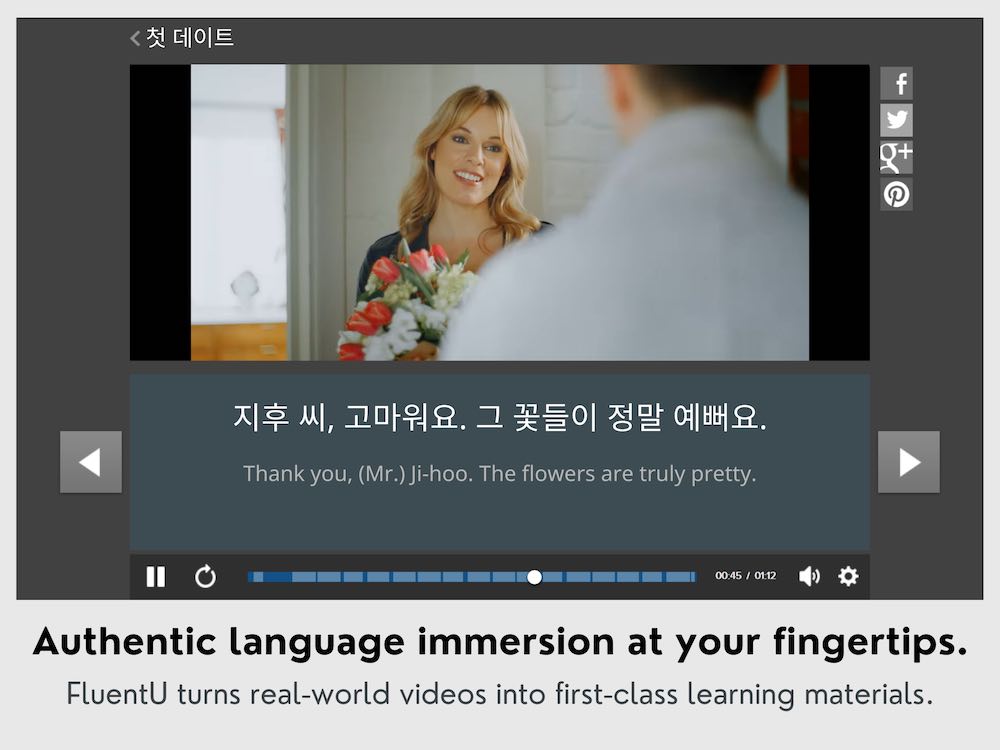
Easy Korean Short Stories: 8 Bookmark-worthy Sites for Korean Reading Practice
Do you wish you could combine your passion for books with your Korean studies?
Well, lucky you. You absolutely can! Not sure how to go about it or where to find them?
Then read on.
I’ve rounded up the eight best online resources to find and read Korean short stories. Plus, my best tips for learning Korean through reading.
Contents
- 1. 깨비키즈 (Kebikids)
- 2. 쥬니어 네이버 (Junior Naver)
- 3. 채널예스 (Channel Yes)
- 4. Lonweb Parallel Texts
- 5. Beelinguapp
- 6. Naver’s Bilingual 만화 (Manhwa)
- 7. Korean Comics
- 8. KoreanClass101 YouTube Reading Playlists for Absolute Beginners and Beginners
- Why Read Easy Korean Short Stories?
- How to Learn Korean with Easy Short Stories
- And One More Thing...
Download: This blog post is available as a convenient and portable PDF that you can take anywhere. Click here to get a copy. (Download)
1. 깨비키즈 (Kebikids)
This colorful site gathers many fascinating short stories that are incredibly easy to follow and understand, no matter how new or advanced your Korean studies are.
Finding fun, friendly animated characters, modern graphics and catchy songs, you’ll discover original stories about animals, life and the past.
The site offers free and premium stories. If you cannot use a Korean social security number and create a login, stick to the free materials. There are enough to keep you busy.
The site doesn’t allow me to embed links other than to the homepage, so to find easy short stories, click on the 동화 (children’s story) icon on the home page header.
This is the sixth icon from the left. Short stories are displayed as a gallery.
There are some great choices in there. Don’t miss out on “로미오와 줄리엣” (Romeo and Juliet), Shakespeare’s most famous love story, and “엄지공주” (Thumbelina), that uplifting fairy tale by Hans Christian Andersen.
2. 쥬니어 네이버 (Junior Naver)
This fantastic library of accessible and diverse Korean short stories aggregates the best content from the Korean internet.
Highly visual, fun and easy to navigate, the free site lets you access hundreds of original and famous short video stories in Korean, perfect for improving your listening skills.
Their story categories include:
Videos average five minutes per clip, making them easy to fit into even the busiest study schedule.
Extra Resources and Recommendations:
- “여우와 신포도” (The Fox and the Grapes)
3. 채널예스 (Channel Yes)
This site is great for finding original, animated and easy Korean short stories.
Simply go to 한글 동화 (Korean children’s story) to retrieve the selection and be prepared for some exciting content.
Like Naver, there are video short stories. But the best part about them is that each video is accompanied by a brief blurb describing the story.
This is a great help to identify key vocabulary and characters before you dive in.
Navigating the site from the above section is incredibly easy, as you have the option to browse stories by themes, such as 명작 (classic) and 생활 (life).
Simply click on the buttons from the section header to display a more refined selection.
Extra Resources and Recommendations:
4. Lonweb Parallel Texts
Lonweb has a few parallel texts in various languages. But you’re not going to find authentic Korean texts here.
Still, you can read about the adventures of Daisy Hamilton the detective, with parallel texts in English, Korean and Romanized Korean (as well as audio).
A note about Romanization: If you’re reading this post, you’ve probably already learned Hangul.
If you haven’t, I’m not sure that I would recommend picking it up alongside Daisy Hamilton or the texts in these other resources.
But I also don’t think it’s necessarily a disadvantage that Romanization is provided here.
The Romanization column in the middle separates the Hangul from the English, which pads you against getting distracted by the English translation while reading in Korean.
Extra Resources and Recommendations:
5. Beelinguapp
This resource is useful for immediately accessing Korean-English bilingual texts on your phone.
Like Lonweb, you won’t necessarily find authentic reading here. But rather parallel texts that have been translated across various languages for various levels.
Texts come with “karaoke” reading—automatically self-highlighting as the audio plays—which is useful for staying focused on the Korean text and increasing your reading speed while learning new vocabulary in context.
You’ll find everything here, from simple lists of sentences to classic novels.
6. Naver’s Bilingual 만화 (Manhwa)
Webcomics come in bite-sized pieces, making each episode a perfect little mini-story.
Naver offers two online manhwa (comics) sites, one in English and one in Korean, with some webtoons available in both languages.
Manhwa is already great for learning through visual context clues, and the presence of English translations means you can check your understanding.
Extra Resources and Recommendations:
- “마음의 소리” (“The Sound of Your Heart”) — a popular South Korean webtoon by Jo Seok that has inspired two television series. Based on the author’s life, it applies a bizarre drawing style and an absurd sense of humor to everyday situations and has 526 pages to read through.
- Korean Wikipedia (to find more webcomics) — Find a webcomic that looks interesting and is somewhat well-known. You may be able to copy the title into Wikipedia and find the English title by switching the article language to English.
- Guide: How to Start Reading Korean Webtoons on Your Phone Right Now
- WEBTOON — site to find Korean webcomics in English
7. Korean Comics
This neat little blog gives you short, entertaining comics to read with optional English translations beneath them.
Just hit the “English” option in the menu bar at the top of the page to hide the translations or make them visible.
The translations include cultural notes—from Korean brands of alcohol and hangover cures, to film, currency and street food.
Since the comics are isolated into small blocks, you can take your time with them and use the translations and cultural notes to make them into intensive mini-lessons.
8. KoreanClass101 YouTube Reading Playlists for Absolute Beginners and Beginners
Although they’re not strictly short stories, these animated videos test your understanding of written Korean through common scenarios like buying a train ticket.
You can logically deduce some word meanings from context, which helps you understand usage and aids memorization.
In the videos, you’ll look at Hangul and have a certain amount of time to interpret the text—such as the information on your train ticket.
While these playlists don’t provide extensive materials for practice, they help you get used to practical reading in time-sensitive situations.
Plus, they conveniently combine reading practice with listening practice, so you can work on your listening comprehension and your accent as you read.
The content available on the KoreanClass101 channel can vary for non-subscribers, but you can search within the channel to find reading resources for other levels, too.
Extra Resources and Recommendations:
- 8 Bright Resources for Korean Listening Practice
- KoreanClass101’s video for advanced reading comprehension
Why Read Easy Korean Short Stories?
- They have simple plots and vocabulary. This makes it easy for you to focus on what matters most: the writing. The more you read, the better you’ll get at making quick progress in Korean and familiarizing yourself with various Korean words, idioms and structures.
- They stimulate your imagination. What makes easy Korean short stories special is that they take you to a fantasy world created just for you by their authors. They’ll also take your mind away from studying, enabling you to learn more naturally. This makes reading short stories a pleasant experience with positive, long-lasting outcomes for your Korean skills.
- They’re rooted in Korean culture. Storytelling, through the tradition of 판소리 (pansori)—musical storytelling—is part of Korean folklore. In pansori, the narrator usually blends singing with the narrative to give the story more emotional impact. The art of telling stories is intrinsic to the Korean lifestyle.
How to Learn Korean with Easy Short Stories
Opt for stories that you already know and read them in Korean.
This will make it easier for you to focus on grammar and learning new Korean vocabulary.
A great place to start looking is Korean sites or publishing houses focusing on children’s literature since they often translate iconic Western stories, myths and fables.
Write down new words and structures.
If you don’t want to break up your reading flow, use a pencil or highlighter to mark difficult vocabulary.
Then return to it when you read the story a second time.
Note the words in a notepad, search for them in your dictionary and try to memorize them before giving this story a third read. (This article lists some great Korean dictionary apps to complement your studies.)
You’ll quickly find that this keeps the process engaging and productive!
Create a routine.
Make reading these stories a habit, and don’t be afraid to set a fixed daily time to read them.
If you have limited time, try to read at night when your work is completed and when you have plenty of time to relax.
Look at dead time in your schedule and turn it into productive time. Start reading while riding the subway, waiting at the dentist’s office or when stuck at home waiting for a delivery.
Read stories in chunks of two or three.
The best way to make reading in Korean more manageable is to split the stories into sections and read them over multiple sessions.
This makes them more digestible and will help you get excited about the stories you’re reading. And if you can’t wait for the next session to read the next chunk, by all means, don’t resist!
Combine reading with writing, listening and speaking exercises.
Every Korean short story you read should be accompanied by exercises that strengthen the other language skills.
And thanks to today’s technology, you can use an app or website to practice them while reading.
For example, if you watch a short story on FluentU, you can use the built-in tools.
FluentU takes authentic videos—like music videos, movie trailers, news and inspiring talks—and turns them into personalized language learning lessons.
You can try FluentU for free for 2 weeks. Check out the website or download the iOS app or Android app.
P.S. Click here to take advantage of our current sale! (Expires at the end of this month.)
These eight resources are treasure troves of memorable and inspiring Korean short stories.
If you read them regularly and follow these tips, I have no doubt that you’ll start seeing your Korean skills skyrocket soon.
Download: This blog post is available as a convenient and portable PDF that you can take anywhere. Click here to get a copy. (Download)
And One More Thing...
If you enjoyed this post, you're already halfway to having the time of your life learning Korean with FluentU!
FluentU makes it possible to learn with K-pop videos, funny commercials, entertaining web series and more. Just a quick look will give you an idea of the variety of FluentU videos on offer:

FluentU really takes the grunt work out of learning languages, leaving you with nothing but engaging, effective and efficient learning. It's already hand-picked the best videos for you (which are organized by level and topic), so all you have to do is simply choose any video that strikes your fancy to get started.
Each word in the interactive captions comes with a definition, audio, image, example sentences and more.

Access a complete interactive transcript of every video under the Dialogue tab, and easily review words and phrases from the video under Vocab.

You can use FluentU’s unique Quiz Mode to learn the vocabulary and phrases from the video through fun questions.

FluentU keeps track of what you're learning, and tells you exactly when it's time for review, giving you a 100% personalized experience.
Review sessions use video context to help embed the words in your memory.
Start using the FluentU website on your computer or tablet or, better yet, download the FluentU app from the iTunes or Google Play store. Click here to take advantage of our current sale! (Expires at the end of this month.)









